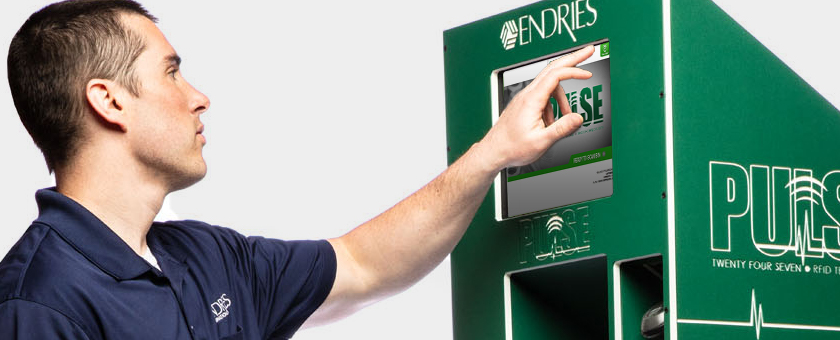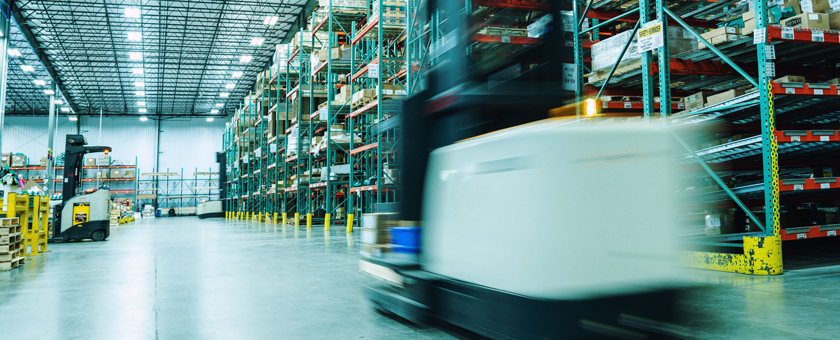Most manufacturers deem major changes on the production floor to be “avoid at all cost” scenarios. But, in this industry, change is often inevitable and may even be necessary for growth. Nevertheless, managing change can be tricky. Change in manufacturing can mean many things — from change in people, to change in products, to change in technology. When you do encounter these disruptions, here are a few things to keep in mind.
Change in People
Unfortunately, turnover is bound to happen. “The negative effects of high staff turnover include productivity losses, increased talent acquisition costs, and a significant impact on financial performance. Consequently, staff turnover can be a major problem for manufacturers, putting their business at risk.” Of course, creating a work environment that is supportive to employees can help to reduce turnover. However, no matter how great your work environment is, employees are bound to leave and your best weapon against this is planning ahead.
One way to plan ahead is to frame hiring around your business forecast. Keeping recruitment ongoing and heightening it ahead of peak times will help to ensure you aren’t left in a tight spot should you experience a sudden increase in turnover. Another way to ensure you are prepared for turnover is to implement cross-training. Cross-training can not only make your production floor more flexible and efficient, but can also lead to heightened employee satisfaction.
If you do find yourself in a pinch, keep the financial pressure off by having already established a budget for overtime. It may be necessary during employee shortages in order to keep your production floor fully staffed. The positive side-effects of overtime also include boosted morale and higher levels of employee retention.
Change in Products
When the need for new products arises and they begin flowing in, preparation is paramount. Having a scalable business model is key to managing this change. Having to rely on manual inventory tracking and contacting employees to find out how much inventory you have will only slow you down. Managing the production floor this way is not only time consuming, but also prone to human error. Instead, consider automation and other efficient technologies to minimize manual involvement during product changes.
Change in Technology
Manufacturers face a number of technological challenges unique to their industry. Changes in technology may not always be welcome, and may even be heartburn-inducing. However, some of these changes can be helpful in the long run. Automation, for example, can save time and increase your efficiency on the production floor once implemented. While the initial thought of making this change might cause some stress, the long-term benefits make it worthwhile.
In this fast-moving industry, it’s easy to feel like there simply aren’t enough hours in the day to get the work done AND plan ahead for change. But, sometimes a change in technology is exactly what you need in order to save time during your weekly routine, freeing up time to train employees and plan for new products. With PULSE, an inventory management solution, you can minimize the time you spend planning your current inventory and instead spend more time planning for change. With PULSE, all you have to do is drop your empty storage bins into the kiosk, and Endries does the rest.
Are you interested in making your life easier with an automated inventory management system? Let’s talk.


